Dinosaurs are one of the most successful groups of animals to have roamed the planet.
For over 170 million years they dominated the land, from small creatures just a few feet long to some of the largest animals ever to have walked Earth.
But despite their long evolutionary history, the origin of dinosaurs remains shrouded in mystery. When did dinosaurs evolve, and what did the first ones look like?
The earliest definitive dinosaur is not one animal but an entire ecosystem containing a few different species. There's no universally accepted dinosaur species that lived earlier in time.
Dating to around 230 million years ago, in the Late Triassic Period, the Ischigualasto Formation in Argentina contains an array of animal remains. It shows that the environment was dominated by early reptiles known as rhynchosaurs, as well as animals closely related to mammalian origins called cynodonts.
Crucially, however, it reveals that there were also a number of different early dinosaur species in the mix. These include small bipedal creatures, such as Eodromaeus and Eoraptor, and larger animals such as Herrerasaurus.
Prof Paul Barrett is a dinosaur researcher at the Museum who has been looking into the early evolution of dinosaurs during the Late Triassic and Early Jurassic.
'There are a bunch of places in Argentina and Brazil that are vying for the crown of the birthplace of the earliest definite dinosaurs,' says Paul. 'But when they first appeared, they were already recognisably dinosaurs.
'This suggests that dinosaurs had to have a longer evolutionary history that we don't yet know about, and there is some debate as to how much of that evolutionary history is currently missing.'
What is a dinosaur?
Dinosaurs belong to a group of animals known as archosaurs.
Today this group is represented by birds and crocodiles (some scientists also include turtles in this group). In the past it was much more diverse as it also included all extinct dinosaurs, pterosaurs and many bizarre-looking ancestors of the crocodiles.
'There are a number of different features that define a dinosaur, but perhaps the clearest things are to do with modifications to their hips and to their legs,' explains Paul.
'In particular, they make a much stronger connection between the hips and their backbone, and they do that by converting some of their vertebrae into a special modified structure called the sacrum that creates these additional connections to their hips.'
Reptiles have up to two vertebrae fused together into a sacrum, but to be a dinosaur an animal needs at least three. Some modern birds have up to 12 sacra.
So distinctive is this feature that Sir Richard Owen, the Museum's founder, used it when he first defined Dinosauria in 1842 after noticing that the extinct animals Iguanodon and Megalosaurus had a sacrum composed of five fused vertebrae.
These changes likely occurred as a result of the first dinosaurs walking on their hind legs, or being bipedal.
'Bipedality is really important for defining early dinosaurs,' says Paul. 'To do that, they also had to modify their hind legs.'
While crocodiles and lizards have their legs sticking out from the body at right angles, to become bipedal, dinosaurs had to tuck them directly under the body. This means that they had to modify the hip and backbone connections, the tops of the thigh bones where the bones join the hip, plus the joints in the knees and ankles.
Together, all of these features help to define a dinosaur.
The search for the first dinosaur
If the dinosaurs found in the Ischigualasto Formation are already recognisably dinosaurs, it suggests that their origins are even more ancient.
The closest relatives to dinosaurs have only been identified within the last two decades. They are known as the silesaurids - medium-sized quadrupedal animals that looked like tall, leggy lizards that sit just outside of Dinosauria.
'But there is this 10-15 million year gap that separates the common ancestor of silesaurids and dinosaurs from the first true dinosaurs,' says Paul.
What fills this gap is still not known, but may include the 240-million-year-old partial fossil of an animal called Nyasasaurus parringtoni, discovered in Tanzania near Lake Nyasa in the 1930s.
Largely ignored due to its scrappy nature, the fossil is composed of part of an arm bone plus a few vertebrae. Crucially, however, some of these vertebrae are from close to the hip and show that three of them were sacral vertebrae, and this three-vertebra sacrum is one of the defining features of dinosaurs.
Due to the fragmentary nature of the fossil, it is difficult to say for certain whether it was a true dinosaur. Either way, it is thought to be very close to their origins.
'Nyasasaurus is the only animal that has been tentatively put in that gap as it is from the same age as the earliest silesaurs,' explains Paul. 'So that could mean it is the earliest dinosaur, or it could be the closest relative of dinosaurs yet found.'
Regardless of the status of Nyasasaurus, a pretty good picture of what the first dinosaur looked like can be discerned by drawing from the evidence provided by the earliest true dinosaurs.
They were likely small, active predators. Probably starting off with a body length of only a couple of metres, they would have been bipedal with small, grasping hands.
'It is probable that they were either carnivores or omnivores, but they definitely were not herbivores,' says Paul. 'They were relatively uncommon, as even when you get the first definitive dinosaurs around 230 million years ago they are still rare members of the fauna.'
It would not be until the end-Triassic extinction event that occurred 201 million years ago that dinosaurs would finally get their chance.
The mass extinction wiped out almost all the other competing archosaurs, meaning that the environment was left wide open for the dinosaurs to fill. During the Jurassic and the Cretaceous the dinosaurs took full advantage of this, evolving into an incredible array of creatures.
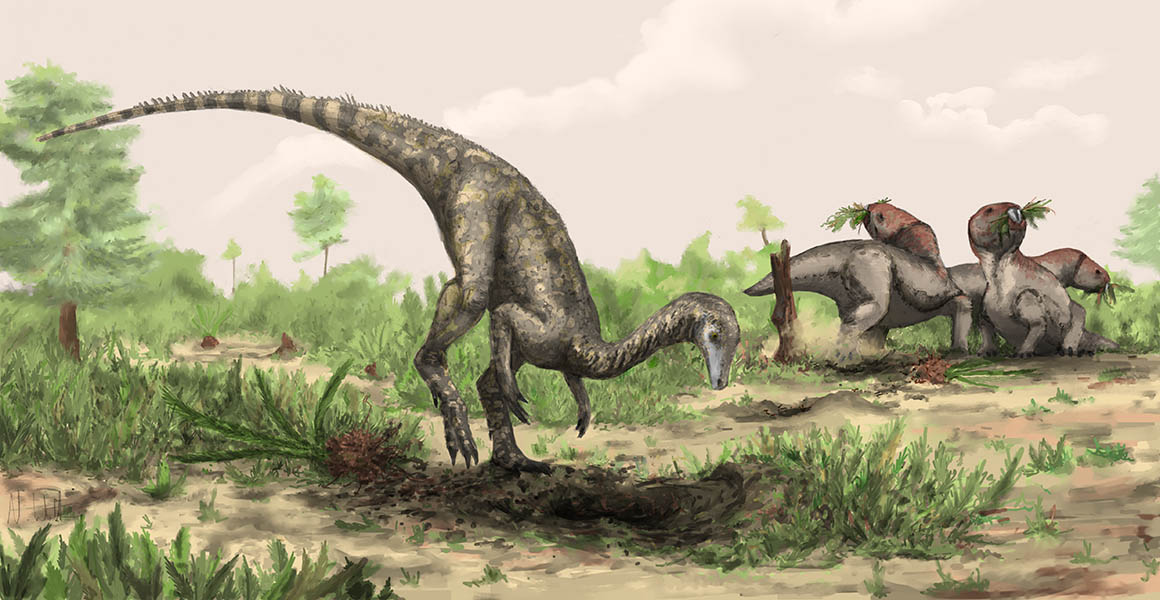
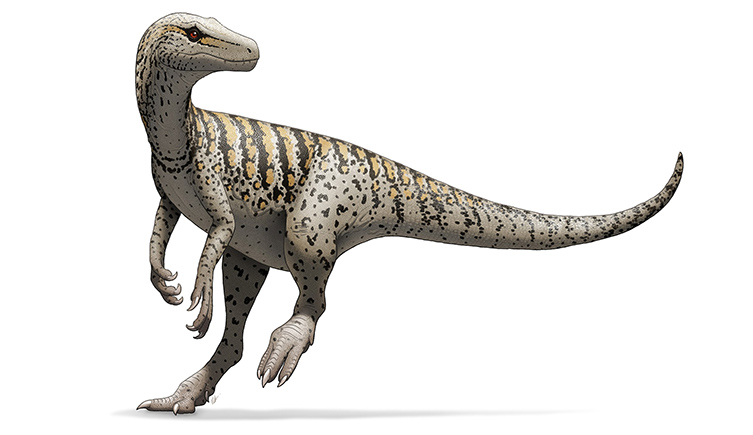
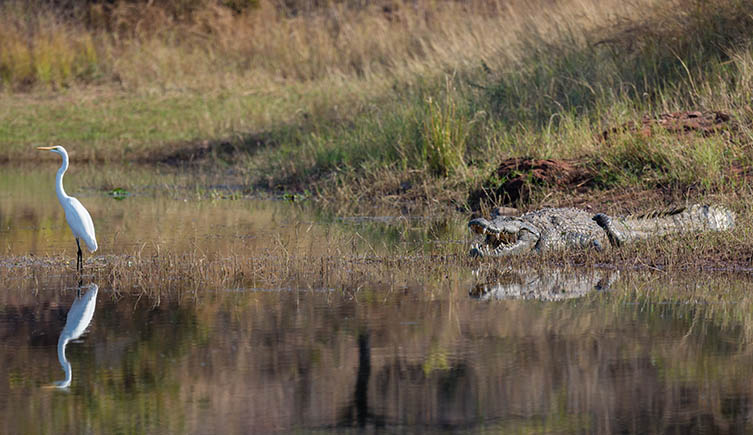
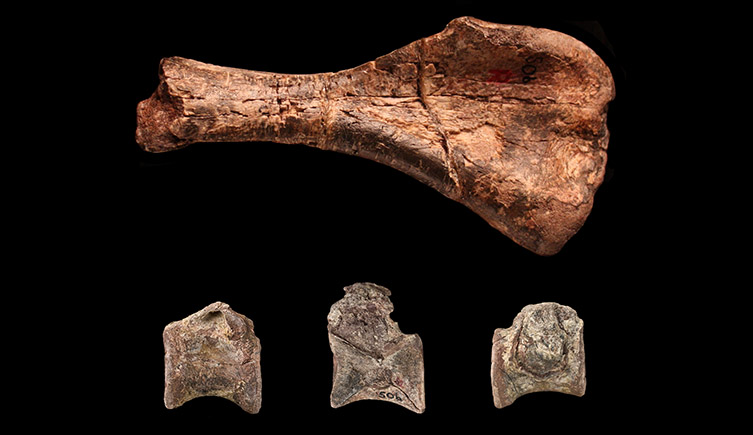
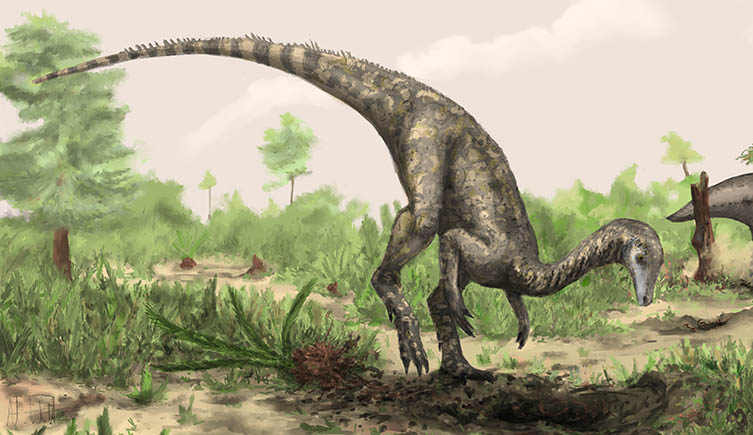
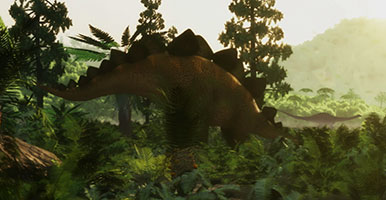
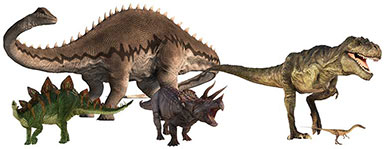
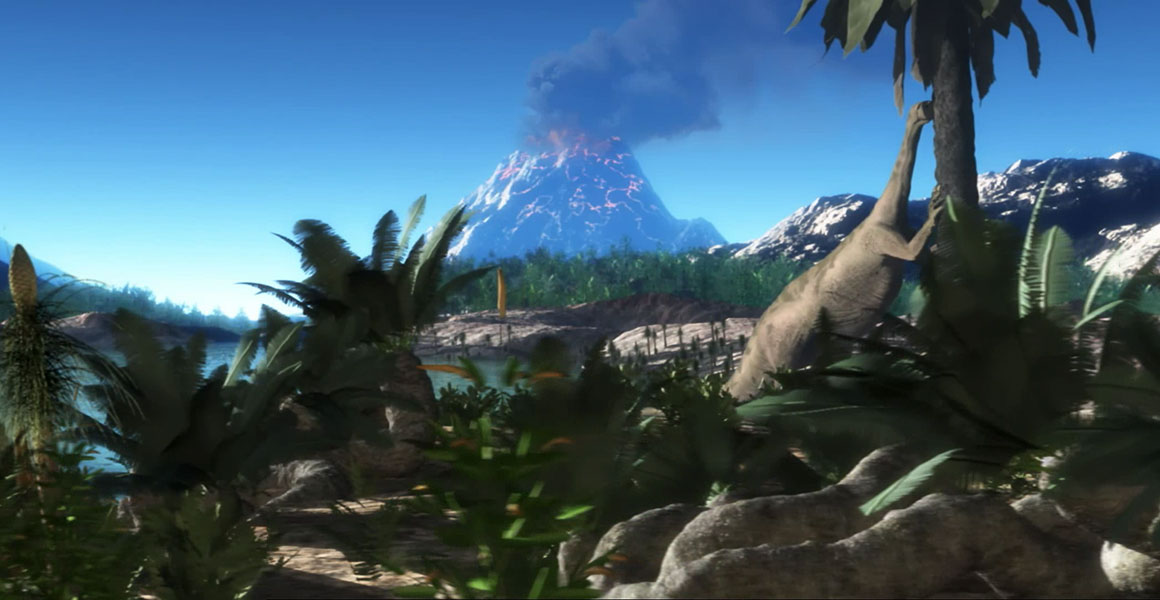
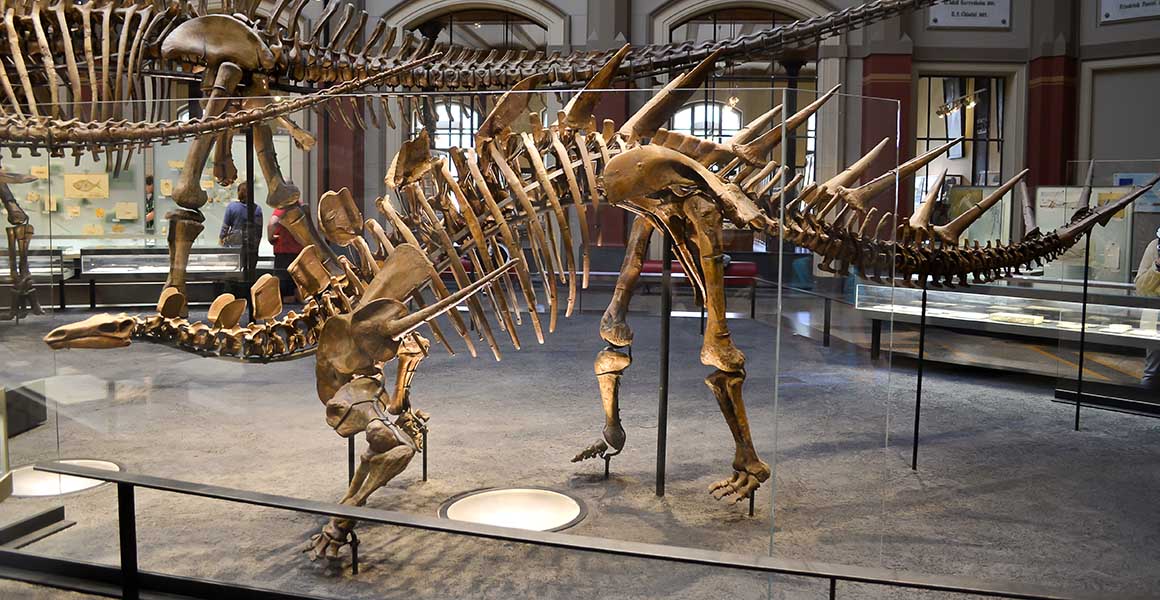
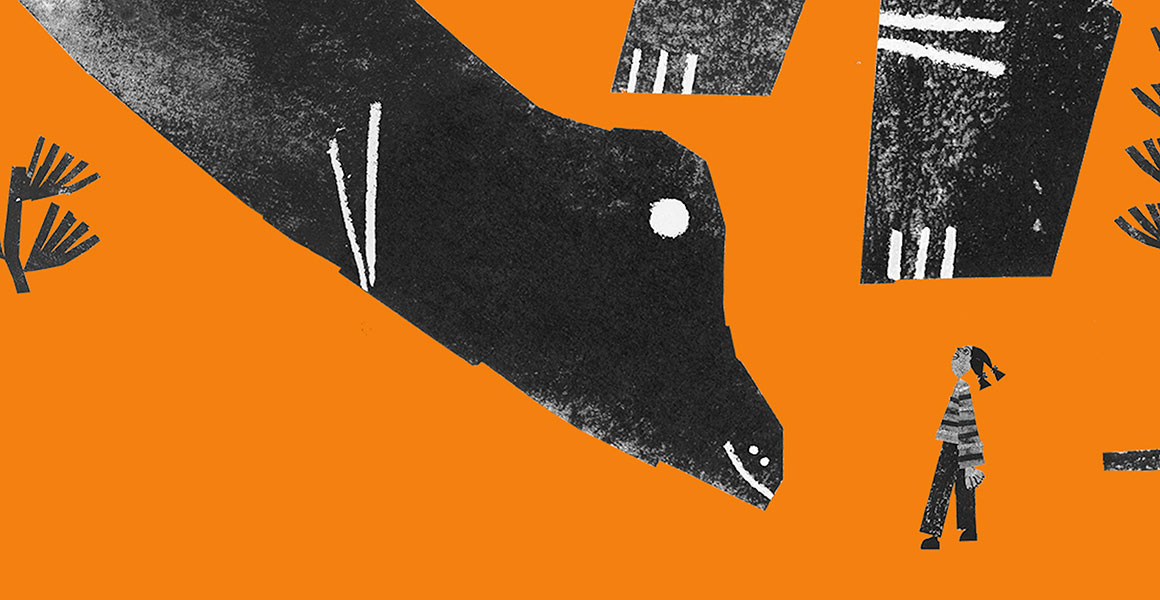
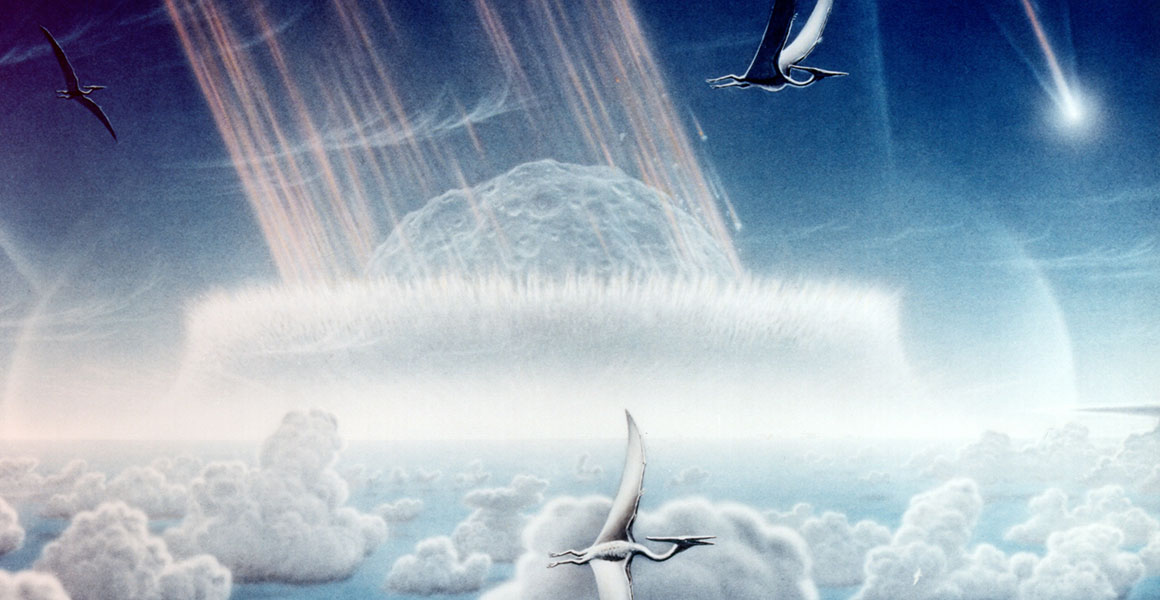
Don't miss a thing
Receive email updates about our news, science, exhibitions, events, products, services and fundraising activities. We may occasionally include third-party content from our corporate partners and other museums. We will not share your personal details with these third parties. You must be over the age of 13. Privacy notice.
Follow us on social media